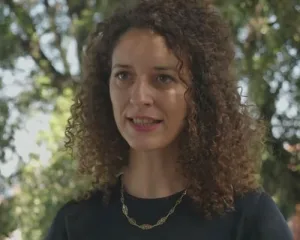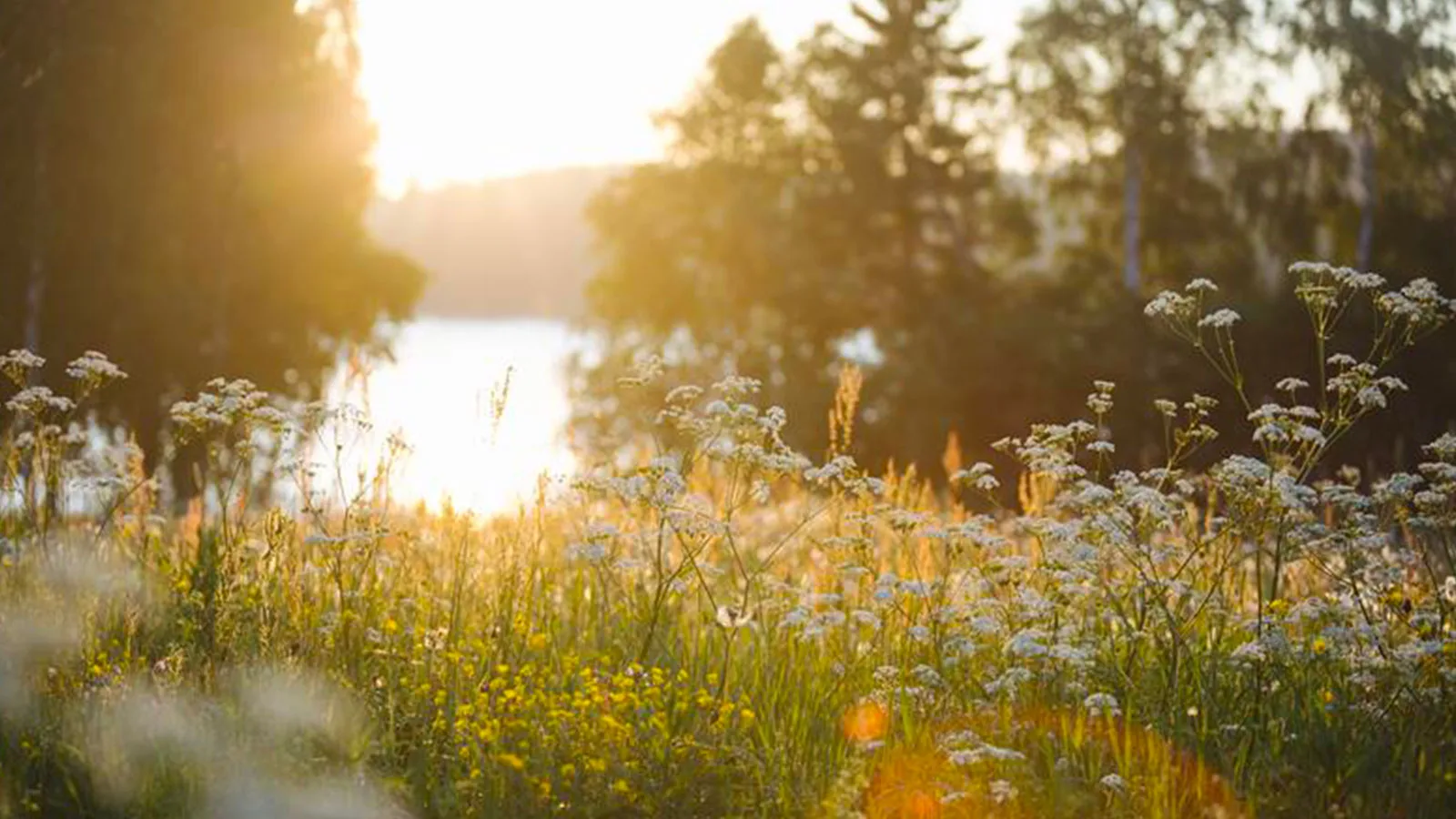This impact story is part of a series featuring companies that are members of One Planet Business for Biodiversity (OP2B)/WBCSD. Through these stories, we aim to showcase our members’ commitment to driving the transition to regenerative agricultural practices, the impact on farmers, and the role OP2B plays in supporting this transformation.
As the world’s leading beauty company, L’Oréal places nature at the core of its sustainability strategy.
Our comprehensive value chain analysis illuminated the pivotal role of ingredients from regenerative agriculture—not just as essential sources of innovation , but as the foundation for resilience and positive impact.
– Jehanne Fabre, Water and Biodiversity Strategy Director

A commitment beyond compliance
Anchored in its “L’Oréal for the Future” plan, all priority raw materials will be sustainably sourced and fully traceable by 2030, . Regenerative agriculture is pivotal for Climate and Nature ambitions. Fabre (CR) affirms, “Regenerative agriculture serves as a vehicle for improved resilience, sustainable procurement, and the vitality of entire ecosystems.”
Céline Bomo-Leducq, Worldwide Director of Sustainable Sourcing, adds: “Resilient value chains depend on healthy soils, secured farmer livelihoods, and reliable supply. Regenerative sourcing is how we safeguard these fundamentals while meeting our sustainability ambitions.”
Focusing on priority materials in Brazil, Europe, and India, L’Oréal’s goal is to regenerate more land than their footprint to enhance the health and resilience of their priority ecosystems.
To overcome the challenges of transition, the company adapt its sourcing practices : multi-year contracts, premiums, and technical training. Fabre explains, “This is a win-win approach, these mechanisms give farmers the confidence to invest in new practices adoption while securing our long-term supply resilience.”
Project delivery: enhancing soil health and farmer livelihoods
Today, L’Oréal leads 10 regenerative agriculture projects across multiple key landscapes where it sources natural raw materials, focusing on soil health, water stewardship, biodiversity, and farmer livelihoods. “It’s the integration of local communities that underpins success,” Fabre remarks.
However, challenges remain. Convincing farmers demands more than advice—transformation relies on trust, demonstrated results, and collaborative investment. Fabrewarns, “If public subsidies reward conventional methods, it can discourage transition. Better alignment between private ambition and public policy would accelerate change.”
Spotlight on France: the regenerative beet project
Among flagship programs is L’Oréal’s partnership with Cristal Union, one of France’s largest sugar-beet cooperatives, and its subsidiary Cristalco. Over five years, L’Oréal channels premiums and technical support to farmers who reach regenerative benchmarks, covering about 1,300 hectares within a broader network of 8,500 growers. This program specifically addresses L’Oréal’s alcohol needs – a crucial ingredient mostly for fragrances. Jean-Pierre Coutauchaud, Corporate Raw Materials Category Director, notes, “Transitioning to regenerative agriculture means risks and investments. Our financial commitment cushions those risks and gives farmers confidence to adopt new practices. For L’Oréal, it secures a strategic ingredient and strengthens supply chain resilience.”
Using Cristal Union’s scoring tool, Cristal Vision, progress is tracked and rewarded. As Quentin Tilloy, Head of Agronomy at Cristal Union, explains, “Last year, just under 800 qualified for premiums – a steadily rising proportion.”
The partnership promotes tangible shifts: longer cover-crop periods, more diverse crops , and reduced tillage. While these practices incur costs for seeds and machinery, “the partnership supports both environmental gains and farmers’ cash flow,” says Quentin Tilloy.
Ernst Van Der Linden, Cristalco’s Chief Commercial Officer, sees the project as a cultural shift connecting farmgates with end clients. “It inspires wider change across the territory.”
Results take time; soil health evolves in five-to-ten-year cycles and is subject to weather fluctuations. The ultimate goal is resilient soils—and a model that can scale.
The OP2B coalition: aligning forces for systemic change
Beyond bilateral projects, L’Oréal leverages OP2B for systemic impact.Fabre states, “Scaling regenerative agriculture cannot be done in isolation—OP2B harmonizes methodologies and accelerates transitions.” The coalition also amplifies advocacy for enabling policies and connects buyers and financiers.
Looking ahead, Fabre remains pragmatic yet optimistic: “If public and private domains can more closely align, the transformation of our systems is within reach—for the benefit of climate, nature, and society”.
Regenerative agriculture is a critical solution to transform the way we produce food, feed and fiber, benefiting the climate, nature, and people. Over the next years, the OP2B coalition will focus on unlocking three strategic key levers to scale up regenerative agriculture: harmonizing measurement, fostering collaborations to support farmers’ transition, advocating for supportive policies to create an enabling environment.
